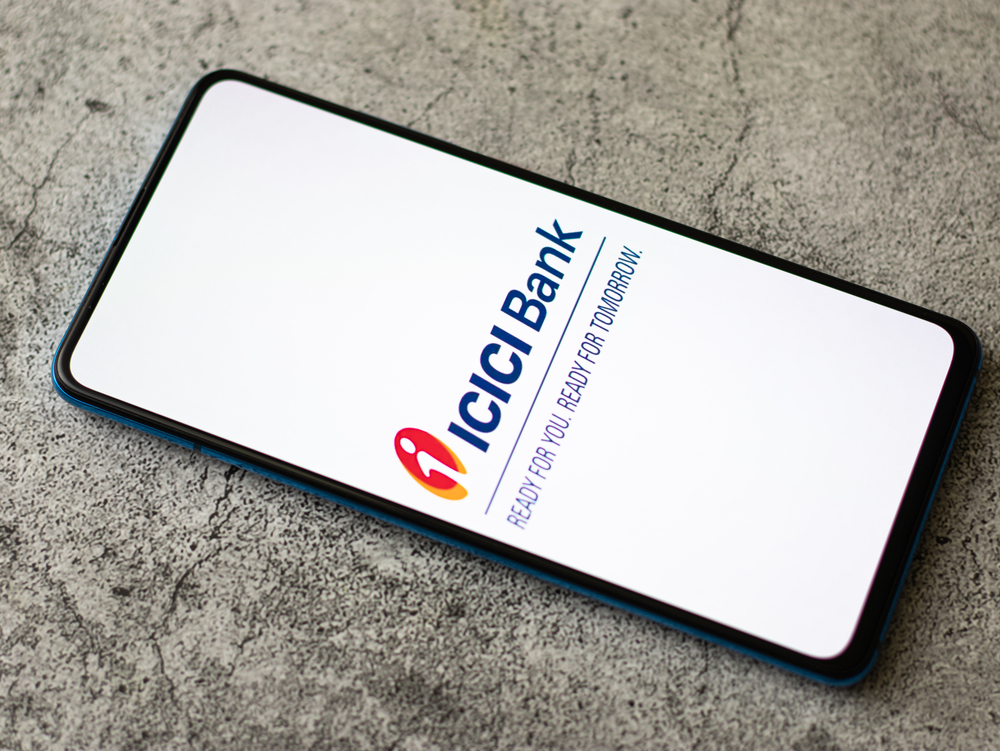How Differently-Abled Can Plan For A Financially Secure Future Without Prior Education
Planning finances is crucial for specially abled; it is required for their special needs and secured future

The country has already celebrated its 73rd Independence Day. However, many still ignore the very existence of differently-abled people, their requirements and their plight, including the importance of financial Independence for specially abled people. Few years back, our Prime Minister spoke about the importance of 'financial independence' and 'financial inclusion' for a side-lined majority of individuals with special disabilities, so that the benefits can reach to them too. According to Census 2011, India has 2.68 crore differently-abled people who lack the ability to perform any activity in the main stream. That is why planning finances is crucial for specially abled; it is required for their special needs and secured future.
Why is it important to plan in advance?
By prioritising finances and future savings, a person with disability is independent and has a low disposable income left as a huge chunk is often directed towards regular expenses such as treatments, regular checkups and other expenditures on medical care and supervision. All these factors hint towards the need of implementation of a sound and appropriate financial plan in order to safeguard the future not only of one's own self but also of the family. These schemes are only depending upon one's investment and risk appetite.
How and where to invest?
A plethora of investment options are available in the market, but the lack of knowledge and drive have kept such a huge mars behind the dark clouds. While saving should be a goal, it is also important to remember to set the investment according to earning potential.
Following are a few places differently abled people can invest in:
Public Provident Fund and FDs
It is often advised to invest in PPF and FDs in order to suit long-term saving needs. But it also requires completing the maturity to withdraw from the scheme. You can withdraw the total amount by paying a penalty. Anyone can invest in the PPF scheme with upto Rs 1.5 Lakh. Also, it helps in income tax redemption where they can get effective return.
PM Atal Pension Yojana
This pension scheme is primarily designed for the unorganized sector working class. The age eligiblity for a person joining the scheme is minimum 18 years and maximum 40 years. After its maturity, joinees will get Rs 5000 monthly by investing just Rs 210 per month.
Pradhan Mantri Vaya Vandana Yojana (PMVVY)
This program has been introduced keeping senior citizens in mind. The pension plan is for senior citizens of 60 years and above. The investment limit of the plan is Rs 15 lakhs and senior citizens will get assured 8% return for 10 years. The modes of pension payment will be monthly, quarterly, half-yearly and yearly. The minimum pension amount will be Rs 1,000 per month, Rs 3,000 per quarter, Rs 6,000 per half year and Rs 12,000 per year. The maximum pension amount will be 10x the minimum amount. The last date to apply for the plan is 31st March, 2019.
Small Cap Funds
A part of mutual funds, small cap funds are the funds in companies with a market capitalisation ranging less than Rs 500 crore. The cap in small cap, stands for a company’s capitalisation. Small cap funds are the ones in which the risk factor is really high, but so is the return. Small Cap Funds give aggressive returns. Fund managers are likely to haver exposure to stocks of small companies in range of 65%-90%. Small cap funds also charge an annual fee, known as ‘Exposure Ratio’, to manage your money.
Multicap Funds
These funds are diversified mutual funds which have the option of investing in stocks across market capitalisation. The Multicap Funds portfolio includes all sorts of funds, which are, large cap, mid cap and small cap funds. multicap funds involve comparatively less risk as compared to mid-cap or small cap Funds. This is because these funds involve mixed risk factors, wherein Large Cap has low risk, Mid Cap has medium risk and Small Cap has the highest risk. However, whereas Large Cap has high stability, Mid and Small Cap have high returns. The investments are done in different proportions to fulfil investment objectives.
Along with debt and above-mentioned government and private schemes, equity and mutual funds are also recommended as they help to deal with inflation while at the same time giving good alphas (returns). All such financial plans are highly accessible by simply consulting an investment professional who would understand the requirements and help to draft a plan which is most suitable as per one's needs.
The author is the Director at VSRK Wealth Creator









